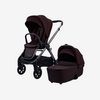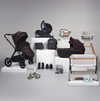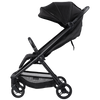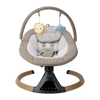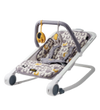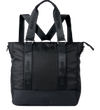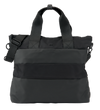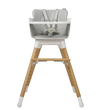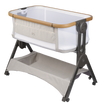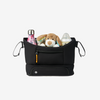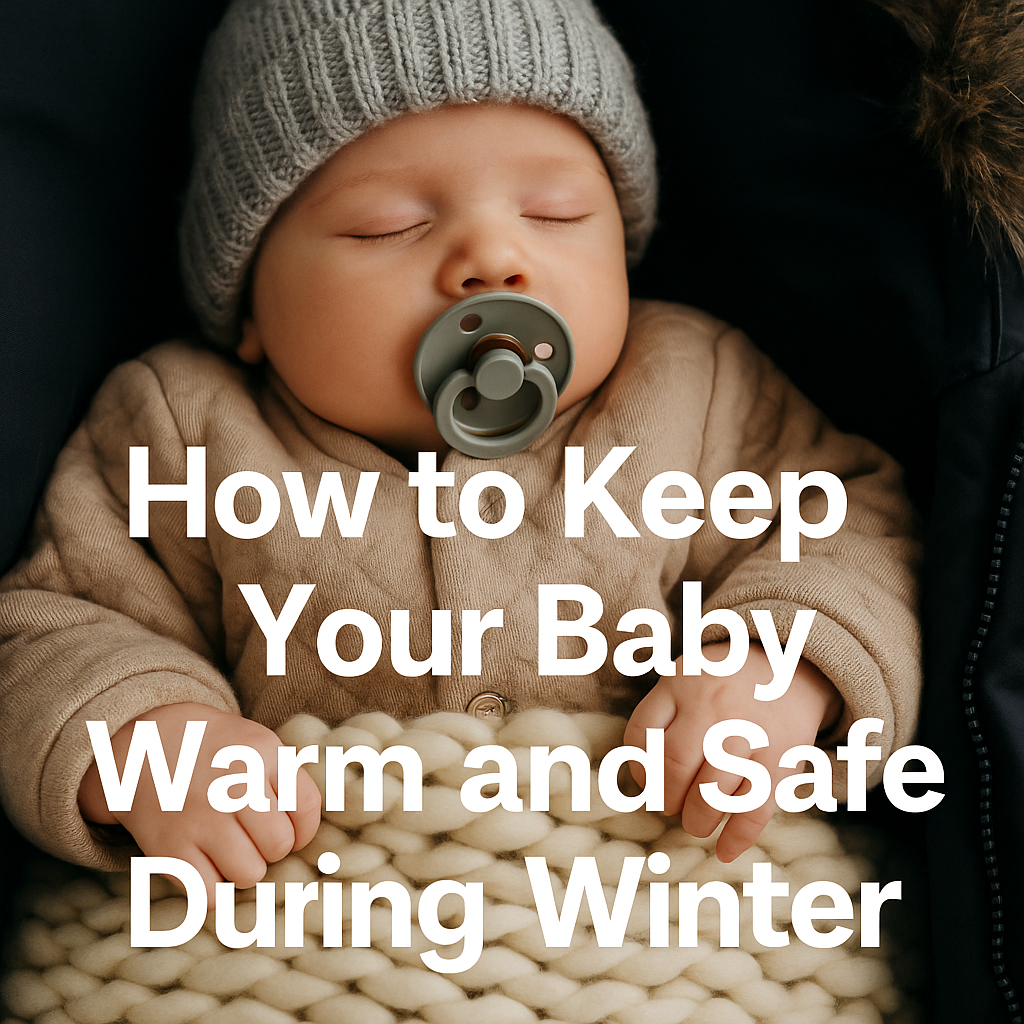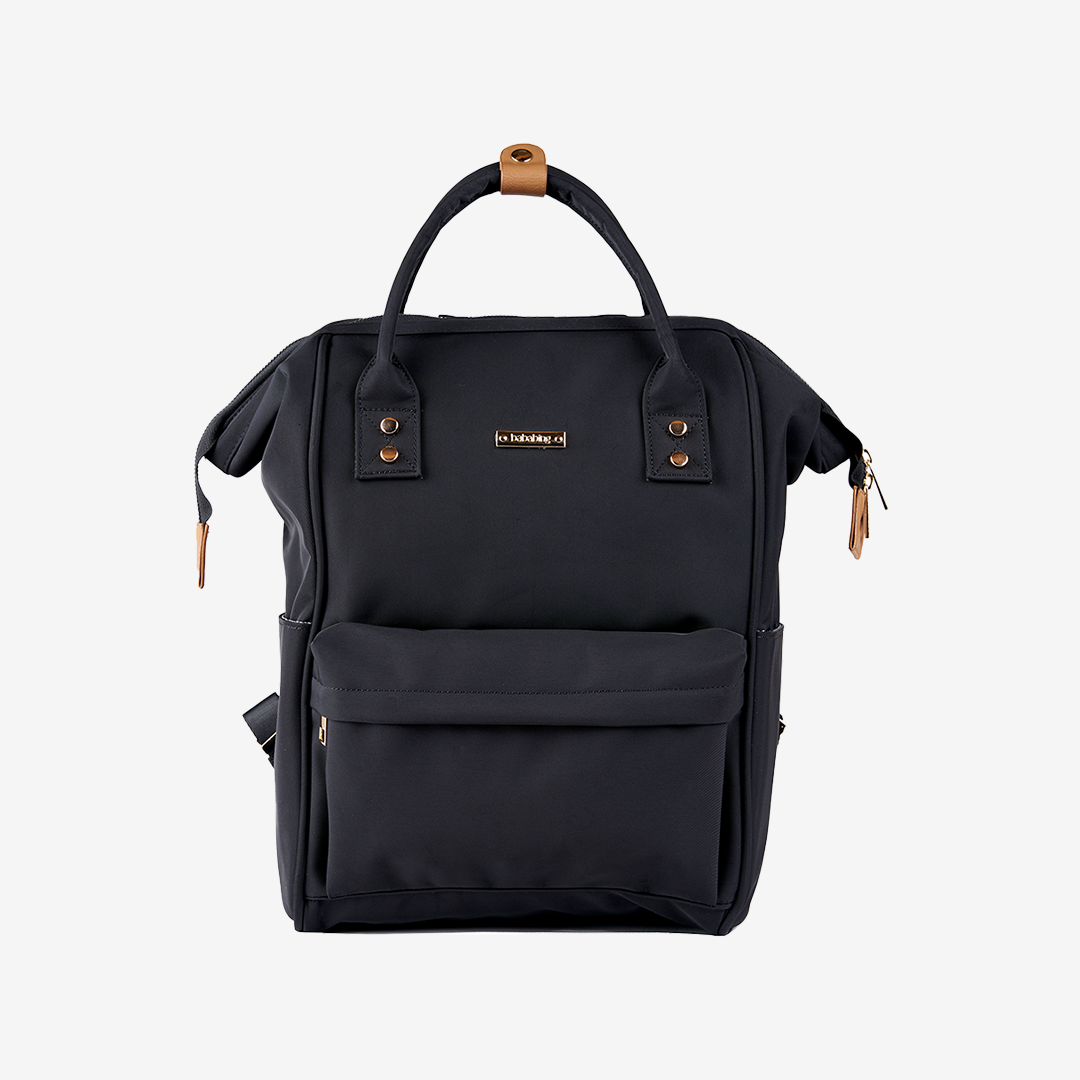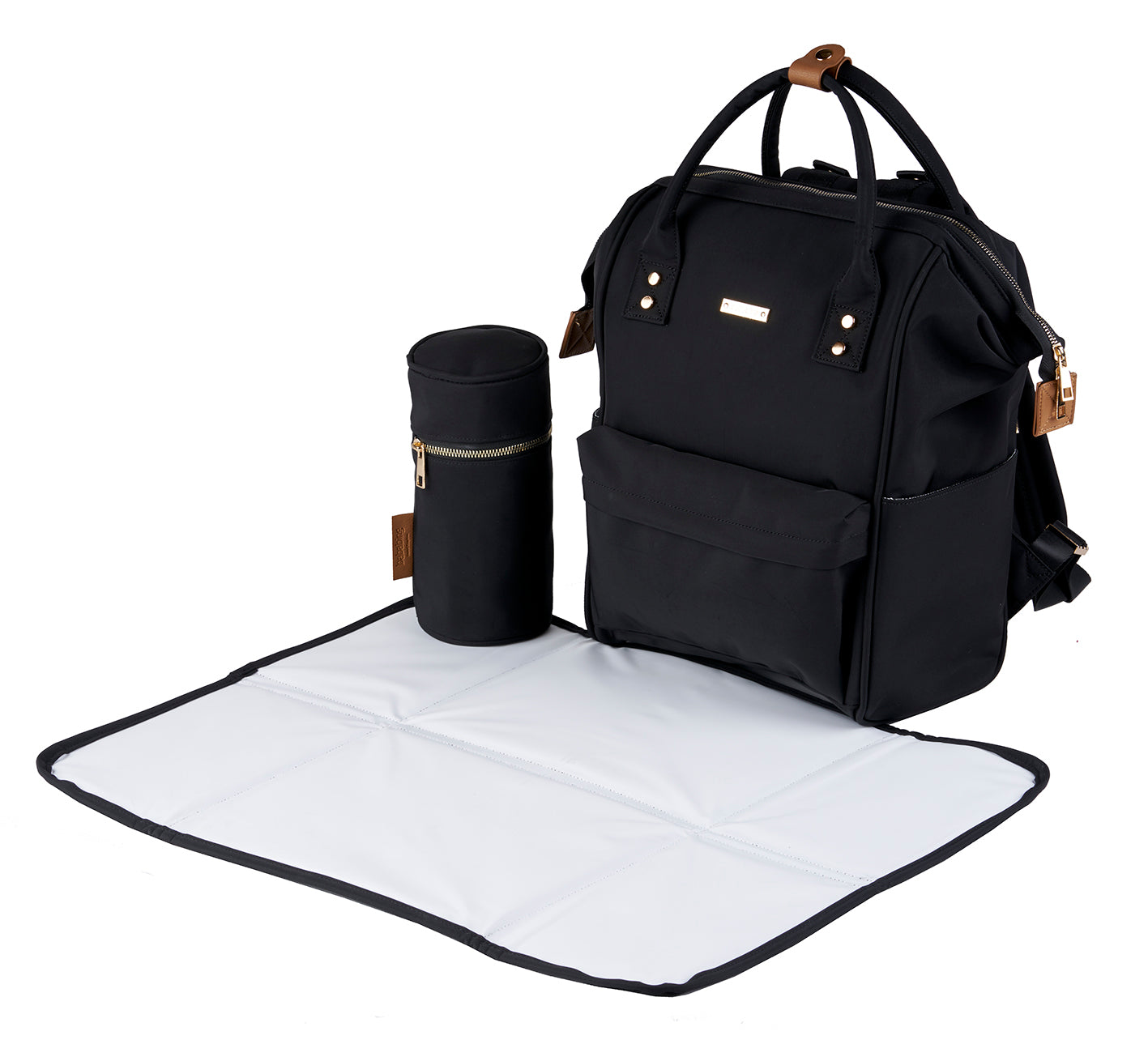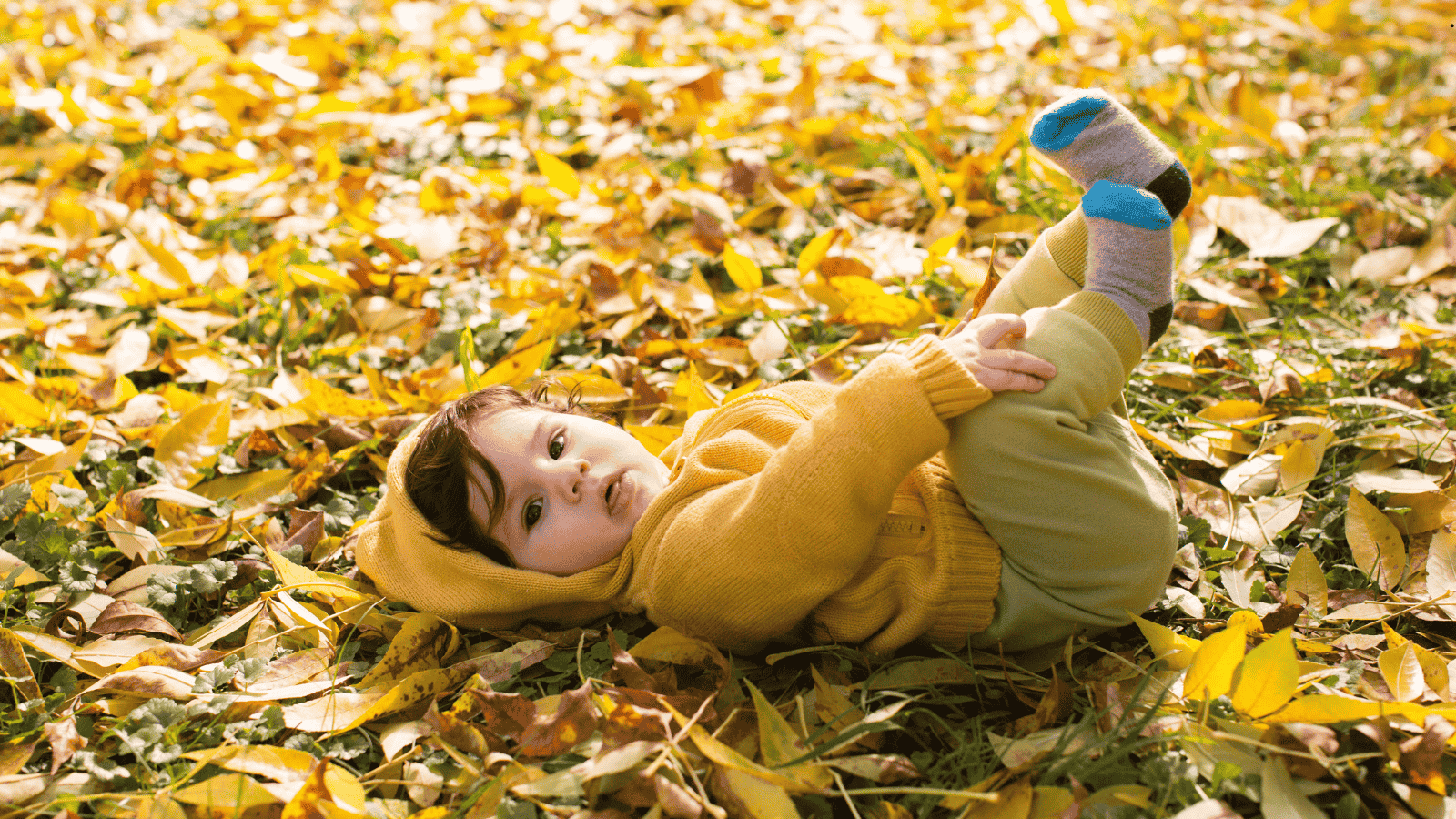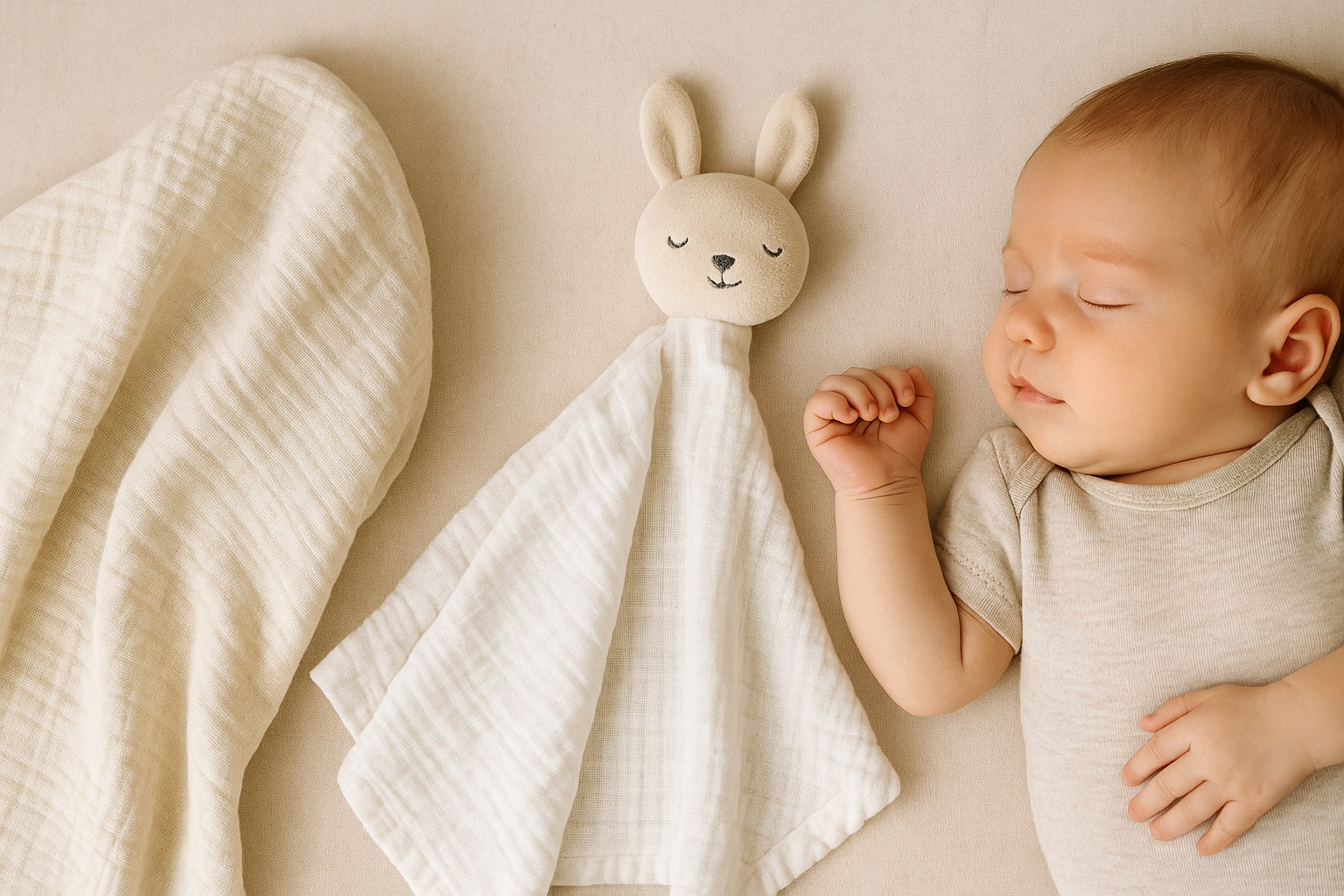❄️ Keep Your Little One Cosy This Winter: The Ultimate Guide to Baby Warmth & Safety
Cold mornings. Frosted windows. Tiny socks that keep falling off.
Winter with a baby can be lovely — but also full of “are they warm enough?” moments.
The trick isn’t bundling them up like a snowman. It’s keeping warmth steady and breathable. This guide walks through what to wear, how to sleep safely, and when to stop worrying quite so much.
Why It’s Important to Keep Your Baby Warm in Winter
Newborns can’t regulate their body temperature yet. They lose heat quickly — especially through their head and hands — and take longer to warm up again.
Too cold, and they burn energy trying to stay warm. Too hot, and they become restless or sweaty.
Your goal? Comfortable in the middle. A calm baby, sleeping and feeding well, is your best clue that you’ve got it right.
Understanding how babies lose heat
The risks of over-bundling or overheating
How to Dress Your Baby for Cold Weather

Think layers, not bulk.
Thin, breathable layers trap warmth better and are easy to adjust as you move between indoors and outdoors.
Start with a cotton or bamboo base, add a soft sleepsuit or cardigan, and top it with a pramsuit or coat for outside. Then peel layers off the second you’re indoors.
Layering basics: what to wear indoors and outdoors
Indoors (16–20°C): vest + sleepsuit.
Outdoors: add hat, mittens, and blanket or pramsuit.
In cars or shops: remove a layer to avoid overheating.
Little temperature swings are fine. Babies adjust better than we think.
Choosing the right fabrics for warmth and breathability
Go for natural materials — cotton, merino wool, bamboo.
Save fleece for outer layers only. It traps heat well but can cause sweating if worn directly on skin.
Soft, breathable fabrics make all the difference between cosy and cranky.
How to tell if your baby is too hot or too cold
Warm chest = good.
Cool chest = add a layer.
Hot or sweaty neck = remove one.
Simple checks beat thermometers every time.
Keeping Your Baby Warm at Night
Night is when most parents worry — and when the biggest mistakes happen. The safest setup is the simplest:
Room temperature: 16°C–20°C
Sleepwear: long-sleeved vest or sleepsuit
Bedding: a baby sleeping bag (no blankets or hats)
That’s it. Warm, breathable, and consistent.
Safe sleep temperatures and room setup
Using sleeping bags and layers safely
Pick the right TOG for your home:
2.5 TOG – typical UK winter room under 20°C
1.0 TOG – warmer homes
Avoid stacking blankets on top. Sleeping bags keep the heat steady — that’s their job.
What to avoid in the cot (blankets, hats, loose bedding)
Just a firm mattress, fitted sheet, and the sleeping bag.
Simple equals safe.
Winter Safety Tips for Out and About

You just need to think one step ahead: warm for outside, lighter for the car, and always dry.
Car seat safety: no bulky coats or snowsuits
Pram and carrier tips for cold weather
Use a footmuff or liner for warmth.
If using a carrier, your body heat helps — don’t double up layers.
A babywearing coat or large jacket over both of you works perfectly.
How to protect your baby from wind and rain
Use a rain or weather cover, but make sure it’s ventilated — a bit of airflow prevents condensation and keeps the air fresh.
Short walks are fine on cold days. Ten minutes of daylight still lifts everyone’s mood.
Boosting Comfort and Health in the Colder Months
Maintaining skin moisture and hydration
Short baths (5–10 minutes) in lukewarm water
Fragrance-free moisturiser after drying
A small humidifier or bowl of water near a radiator to ease dry air
Soft skin, calm baby.
Watching for signs of chills or illness
Sneezing or pink cheeks alone usually aren’t a worry. Go by how alert and settled they seem, not just temperature.
Helping your baby get daylight and fresh air safely
Bundle up, step outside, and soak in a little winter light. It does wonders for both of you.
Final Thoughts
Balancing warmth, comfort, and safety
If you’re comfortable in a jumper, your baby’s probably fine in one more layer than you. Trust that rhythm. It works.
Layer smart, not heavy. Thin, breathable layers keep your baby warmer — and safer — than thick, bulky clothes
Room temperature matters most. Aim for 16–20°C and adjust layers instead of cranking up the heat
Simple sleep setups are safest. A fitted sheet and sleeping bag beat blankets and pillows every time
Fresh air is your friend. Short winter walks help your baby’s sleep and mood, even on cold days
Trust your touch. Your baby’s chest and neck tell you everything you need to know — not their hands or feet
Explore More from BabaBing
Looking for ways to make winter outings a little easier? Browse our latest bags and travel accessories — all designed to keep family life simple, whatever the season.
Or head back to the BabaBing blog for more honest, practical guides on parenting, travel, and those everyday baby moments that matter most.

